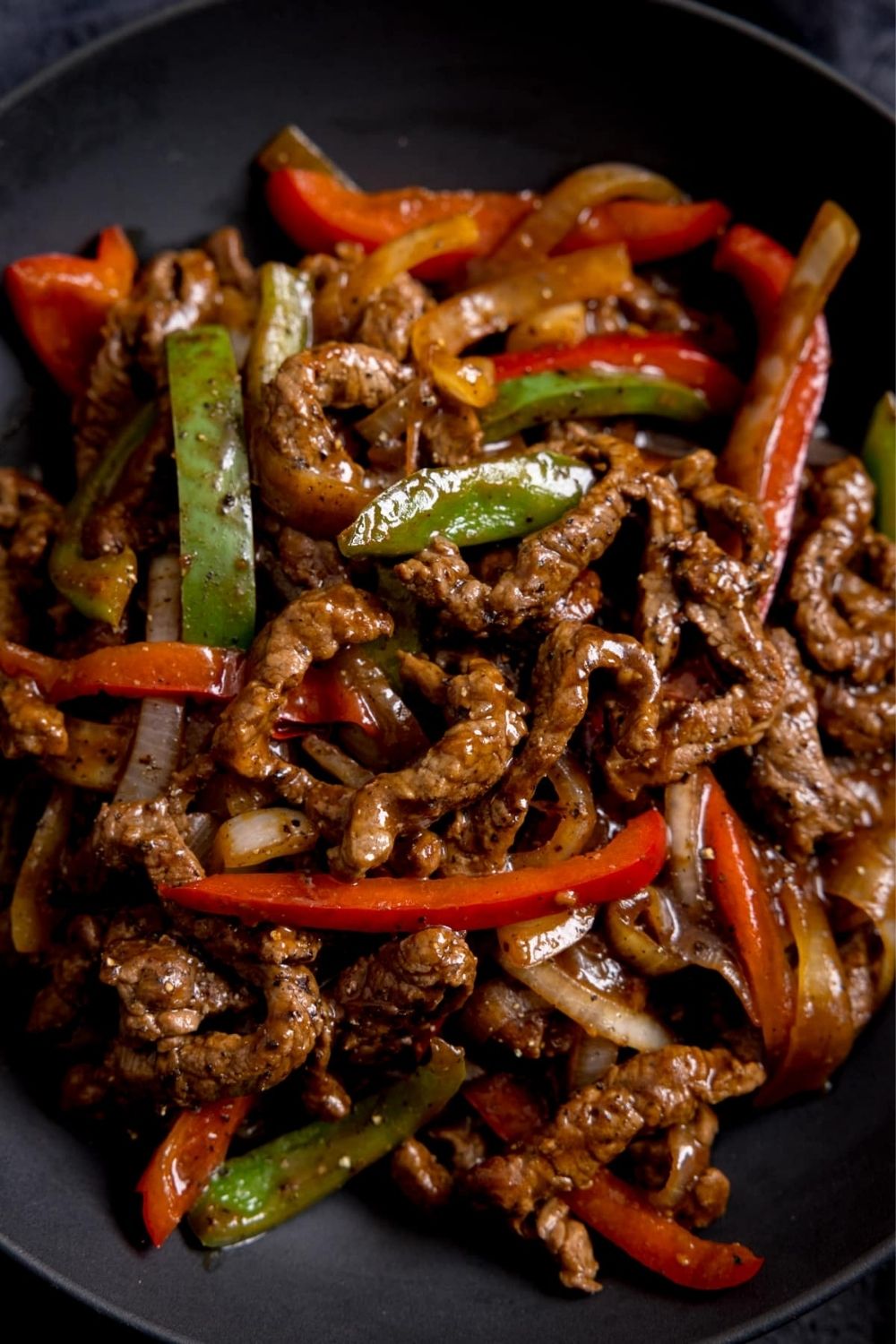Though the spelling varied from establishment to establishment and publication to publication, it’s undeniable that a new form of cured beef suddenly appeared on the American market in the late 1890s, and it did so all across the country. On March 14, 1899—in the same year that Sussman Volk’s provisions shop first appears in a New York City directory—Stein’s Grocery in Santa Fe, New Mexico, advertised a list of “Delicacies Received” that included “smoked roulade, smoked breast, knockwurst, pastroma, goose liver sausage” and other products. Just a few days later, on the opposite side of the country, Flourny’s, a grocery store in Macon, Georgia, advertised a lengthy list of items that began with “[s]moked salmon, hard salami, smoked breast, pastroma, bologna.” To write about chili is to court controversy; few subjects in American culinary life are so contentious. Chili is for Americans what paella is for Spaniards, or Bolognese is for Italians. It seems like everyone knows exactly what they think chili should be, and everyone knows that everyone else is wrong.





